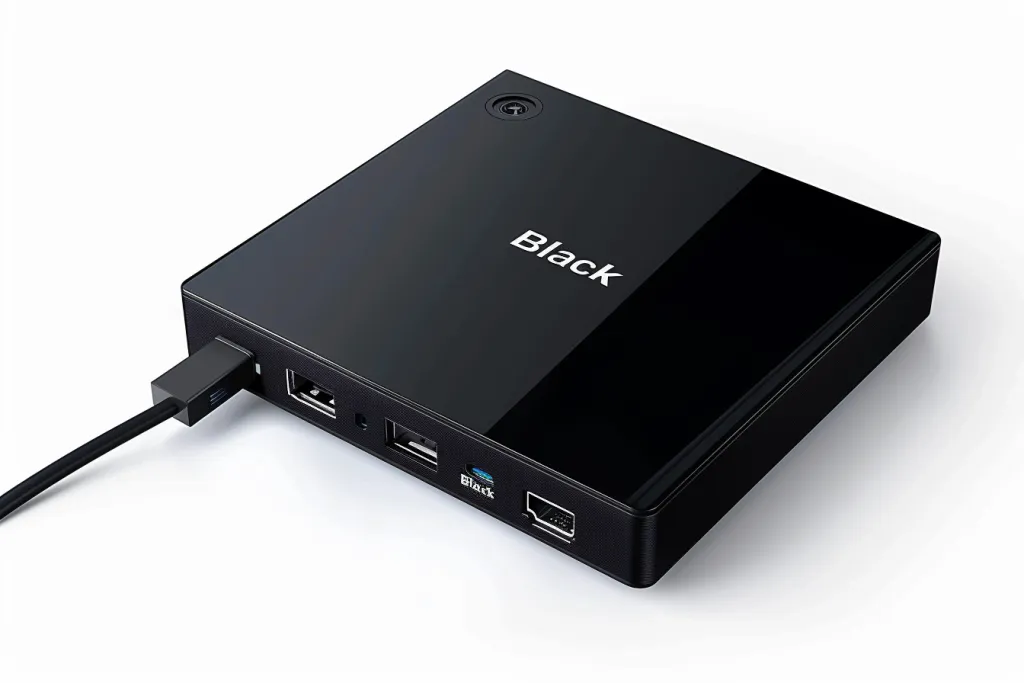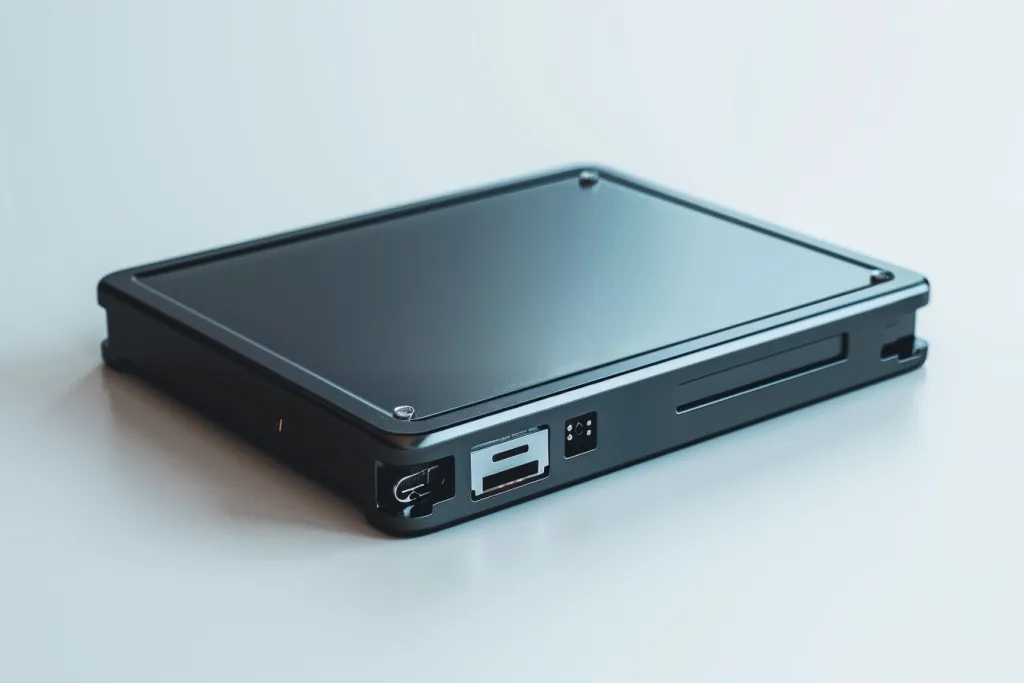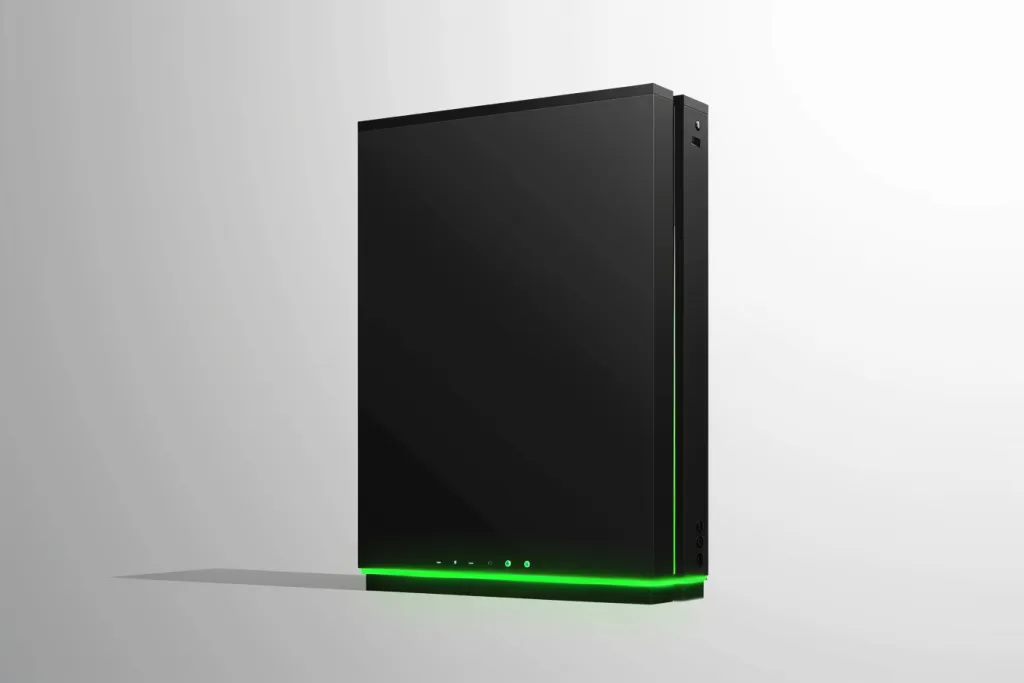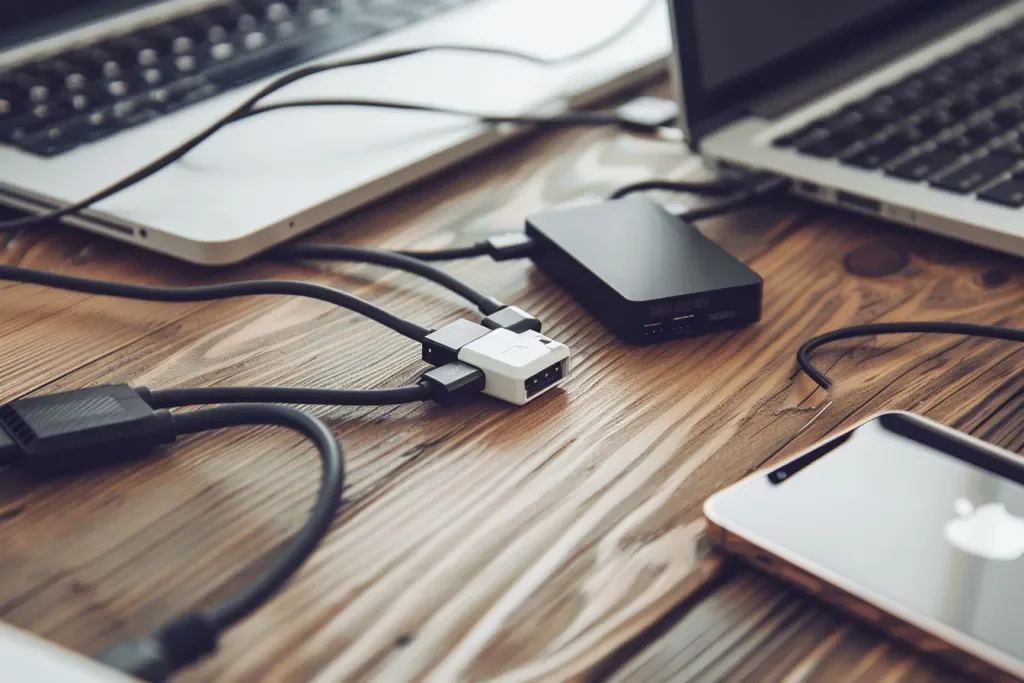In an era where digital data is king, managing and safeguarding this treasure trove of information has never been more crucial. Enter the external hard drive, a pivotal player in the realm of data storage solutions. This guide will navigate through the intricacies of external hard drives, illuminating their functionality, advantages, and selection process, ensuring you make an informed decision tailored to your storage needs.
Table of Contents:
– What is an external hard drive?
– How does an external hard drive work?
– Benefits and drawbacks of an external hard drive
– How to choose an external hard drive
– How to use an external hard drive
What is an external hard drive?

An external hard drive is a portable storage device used for backing up data from a computer or other devices. It serves as an essential tool for those who require additional storage space beyond what their internal drives can offer, or for those looking to safeguard their data through redundancy. External hard drives come in various storage capacities, sizes, and connection types, catering to a wide range of user needs and preferences.
How does an external hard drive work?

External hard drives function by connecting to a computer or another device via a USB, Thunderbolt, or eSATA cable, allowing for the transfer and storage of data. Inside the hard drive’s casing lies a spinning disk, or platter, where data is stored magnetically. When connected to a device, the hard drive’s disk spins, and a read/write head moves across the platter to access or store data. This mechanical process is what enables the external hard drive to serve as a reliable storage solution.
Benefits and drawbacks of an external hard drive

The primary benefit of using an external hard drive is the significant increase in storage capacity it offers, making it an ideal solution for backing up large volumes of data. Additionally, its portability allows users to easily transport and access their data on multiple devices. However, external hard drives are susceptible to physical damage due to their moving parts, and data transfer speeds can vary depending on the connection type and drive’s technology.
How to choose an external hard drive

Selecting the right external hard drive involves considering several key factors, including storage capacity, speed, portability, durability, and price. Determining the primary use for the hard drive—whether for general backup, large media files, or gaming—can help narrow down the options. It’s also important to consider the drive’s compatibility with your operating system and the types of connections it supports to ensure seamless integration with your devices.
How to use an external hard drive

Using an external hard drive is relatively straightforward. First, connect the drive to your computer or device using the appropriate cable. Once connected, the drive should be recognized automatically, allowing you to start transferring files. To ensure data integrity, it’s advisable to safely eject the hard drive before disconnecting it from your device. Regularly backing up data to the external hard drive can also provide peace of mind and protection against data loss.
Conclusion:
External hard drives are an invaluable tool for anyone looking to expand their storage capabilities or safeguard their digital data. By understanding how they work, their benefits and drawbacks, and how to choose and use one effectively, you can ensure that your data remains secure and accessible whenever you need it. Whether for personal use or business needs, an external hard drive can be a wise investment in managing and protecting your digital life.




